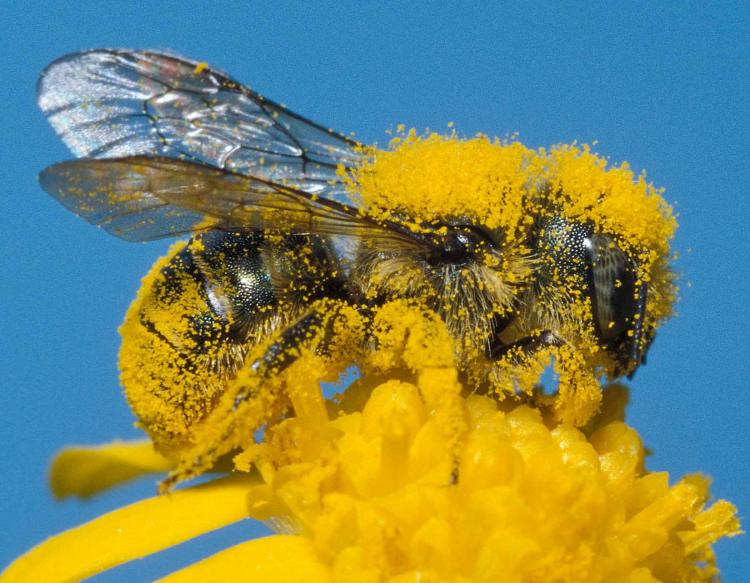Thanksgiving, celebrated on the fourth Thursday of November in the United States, traces its origins back to the early 17th century. The most commonly referenced event is the 1621 feast shared by the Pilgrims of Plymouth and the Wampanoag people.
This harvest celebration followed a successful growing season and was marked by days of feasting and giving thanks. The Pilgrims, who had faced a harsh winter upon arriving in the New World, were grateful for the guidance and assistance of the Native Americans, which helped them adapt to the new environment. The tradition of Thanksgiving as a national holiday began to take shape in the 19th century. Sarah Josepha Hale, a prominent writer and editor, campaigned for the establishment of a national day of thanks. Her efforts culminated in President Abraham Lincoln proclaiming Thanksgiving a national holiday in 1863, during the Civil War. Lincoln designated the last Thursday of November as a day for the nation to express gratitude and seek unity. Over time, Thanksgiving evolved to include parades, football games, and the famous turkey dinner.
Modern Thanksgiving is a blend of historical and contemporary practices, focusing on family gatherings and elaborate meals. Traditional foods such as turkey, stuffing, cranberry sauce, and pumpkin pie are staples of the holiday feast. Many families also incorporate their unique customs and regional dishes.
For more information, you can read more about the history of Thanksgiving.










